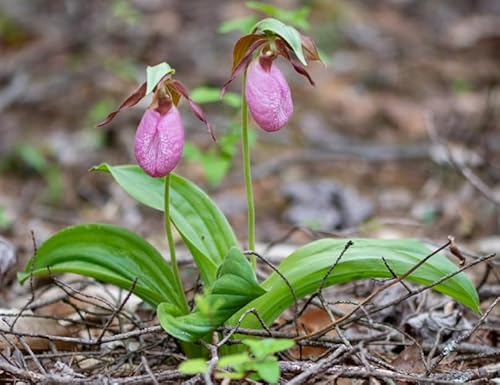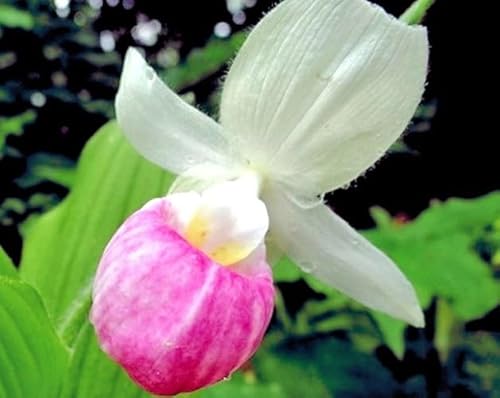Hi Rick,
Using a new membrane and filters on my R/O (thanks Ray) I filled my 55 gal drum with 50 gal of pure R/O and got a TDS reading of <10 ppm and a pH of 7.0. After adding 1/3 tsp/gal of K-Lite (16.5 tsp) and mixing well, the readings were 340 ppm TDS and 6.5 pH. With 12.9% total N in K-Lite the reading indicates I have 44 ppm N in that batch or slightly less than the 50 ppm I would have expected. I'll take readings again tomorrow in case all of the K-Lite may not have dissolved.
Using a new membrane and filters on my R/O (thanks Ray) I filled my 55 gal drum with 50 gal of pure R/O and got a TDS reading of <10 ppm and a pH of 7.0. After adding 1/3 tsp/gal of K-Lite (16.5 tsp) and mixing well, the readings were 340 ppm TDS and 6.5 pH. With 12.9% total N in K-Lite the reading indicates I have 44 ppm N in that batch or slightly less than the 50 ppm I would have expected. I'll take readings again tomorrow in case all of the K-Lite may not have dissolved.










































